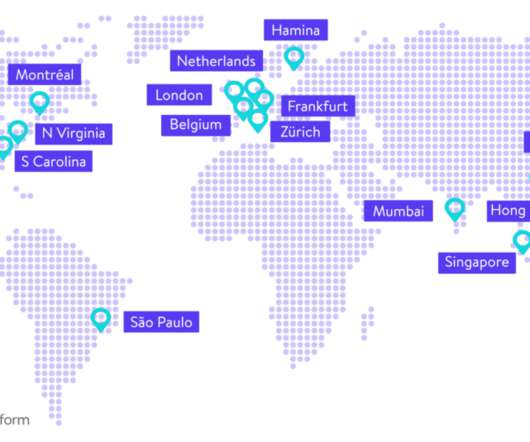8 tips to speed up WordPress performance
ClickZ
JANUARY 17, 2020
W ork on building a light and minimal template for 404 pages and serve that instead of the default one. If you are not running a blog on your site, you could simply disable the RSS feed to improve WordPress performance. Disable embeds and RSS feeds. Another idea to consider is to disable RSS feeds. Optimize comments.















































Let's personalize your content